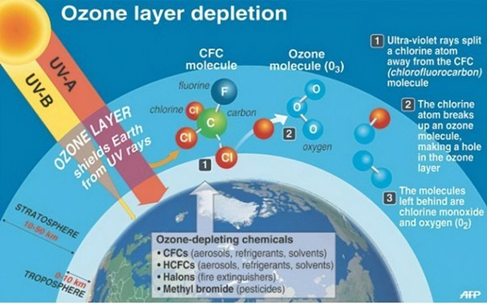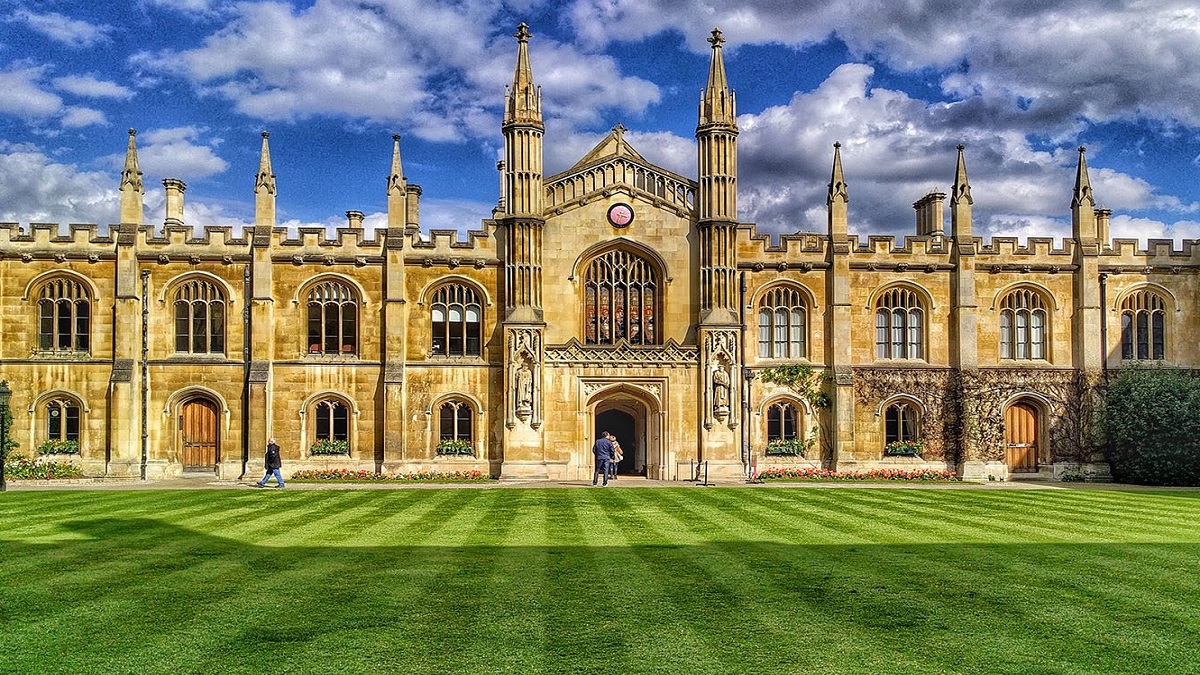- Courses
- GS Full Course 1 Year
- GS Full Course 2 Year
- GS Full Course 3 Year
- GS Full Course Till Selection
- Answer Alpha: Mains 2025 Mentorship
- MEP (Mains Enrichment Programme) Data, Facts
- Essay Target – 150+ Marks
- Online Program
- GS Recorded Course
- Polity
- Geography
- Economy
- Ancient, Medieval and Art & Culture AMAC
- Modern India, Post Independence & World History
- Environment
- Governance
- Science & Technology
- International Relations and Internal Security
- Disaster Management
- Ethics
- NCERT Current Affairs
- Indian Society and Social Issue
- NCERT- Science and Technology
- NCERT - Geography
- NCERT - Ancient History
- NCERT- World History
- NCERT Modern History
- CSAT
- 5 LAYERED ARJUNA Mentorship
- Public Administration Optional
- ABOUT US
- OUR TOPPERS
- TEST SERIES
- FREE STUDY MATERIAL
- VIDEOS
- CONTACT US
Ozone-depleting HCFCs show drop in levels 5 years ahead of target year
Ozone-depleting HCFCs show drop in levels 5 years ahead of target year
21-06-2024

A new study has reported a significant decline in atmospheric concentrations of hydrochlorofluorocarbons (HCFCs), a type of ozone-depleting substance (ODS), five years ahead of the target year.
- This achievement is an important step in efforts to repair the ozone layer and mitigate climate change.
Key Points:
- Decline of HCFCs: The study found that HCFC emissions peaked in 2021, five years sooner than expected, and are now decreasing.
- Impact on Climate Change: Reducing HCFCs can help mitigate climate change, as they are potent greenhouse gases that trap heat in the Earth's atmosphere.
- Equivalent Effective Chlorine: The globally averaged chlorine content of ODS in the troposphere, known as equivalent effective chlorine, has decreased since 2021.
- Radiative Forcing: The impact of HCFCs on the Earth's energy balance, known as radiative forcing, has also decreased.
- Montreal Protocol: The study attributes the decline of HCFCs to the success of the Montreal Protocol, a global agreement to protect the stratospheric ozone layer by eliminating the production and consumption of ODSs.
Significance:
- Environmental Milestone: The decline of HCFCs is a significant environmental milestone, demonstrating the effectiveness of international agreements in addressing environmental issues.
- Climate Change Mitigation: Reducing HCFCs can contribute to mitigating climate change, as they are strong greenhouse gases.
- Ozone Layer Protection: The decline of HCFCs is a crucial step towards protecting the ozone layer, which is essential for human health and the environment.
HCFC-22:
- Most Abundant HCFC: HCFC-22 is the most abundant HCFC and has witnessed the most significant decline.
- Global Warming Potential: HCFC-22 has a global warming potential 1,910 times that of carbon dioxide on a 100-year time horizon.
Montreal Protocol:
- Global Agreement: The Montreal Protocol is a global agreement signed in 1987 to protect the stratospheric ozone layer by eliminating the production and consumption of ODSs.
- Phase-out of HCFCs: The protocol mandated the phase-out of HCFC production and usage, with a completion date slated for 2040.
About ODS:
- What are ODS?
- ODS are chemical compounds that contribute to the destruction of the ozone layer in the stratosphere.
- This layer shields life on Earth from the sun's harmful ultraviolet (UV) radiation by absorbing the majority of it.
- Examples of ODS:
- The most prevalent ODS include chlorofluorocarbons (CFCs), halons, carbon tetrachloride, and methyl chloroform.
- ODS Applications:
- ODS have been extensively used in everyday products like refrigerators, air conditioners, fire extinguishers, and aerosols.
The Montreal Protocol and Kigali Amendment:
- The Montreal Protocol:
- The Montreal Protocol, signed in 1987, aims to safeguard the stratospheric ozone layer by phasing out the production and use of ozone-depleting substances like CFCs.
- Since 2010, the global production of CFCs has been banned.
- The Kigali Amendment:
- In 2016, the Parties to the Montreal Protocol adopted the Kigali Amendment to gradually reduce the production and consumption of hydrofluorocarbons (HFCs) worldwide.
- HFCs are widely used alternatives to ODS like HCFCs and CFCs, which are already regulated by the Protocol.
What is Ultraviolet (UV) Radiation?
- UV radiation is a type of non-ionizing radiation naturally emitted by the sun and can also come from artificial sources such as tanning beds.
-
Benefits of UV Radiation:
- Controlled exposure to UV radiation aids in the production of vitamin D, a vital nutrient.
-
Risks of Overexposure to UV Radiation:
- Overexposure to UV radiation can lead to sunburn, premature aging, and an increased risk of skin cancer.
Conclusion:
The decline of HCFCs is a significant environmental milestone, demonstrating the effectiveness of international agreements in addressing environmental issues. The Montreal Protocol has played a crucial role in reducing HCFC emissions, and its success can be replicated in addressing other environmental challenges, including climate change.



